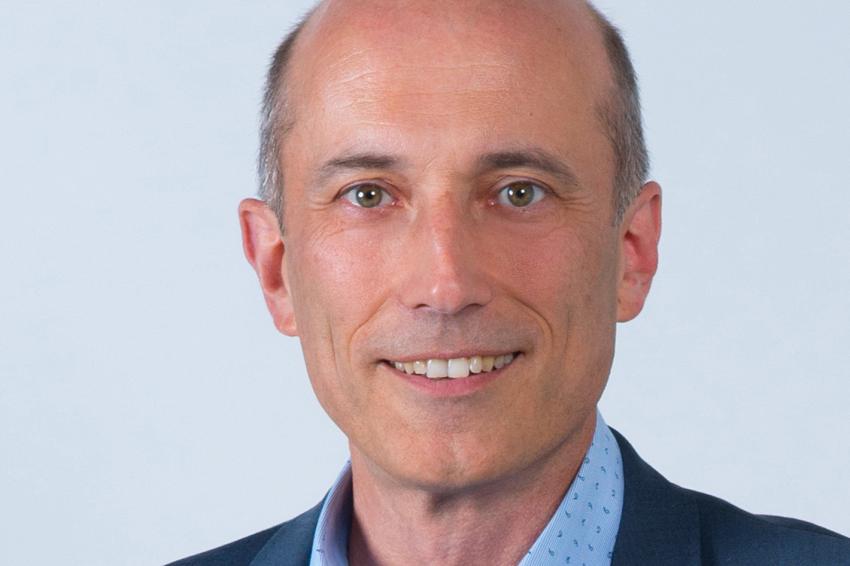Opportunities and Limits of Sustainability
Interview with Siegfried CSO Jürgen Roos
CHEManager: How do you improve the environmental footprint of your production processes at Siegfried?
Jürgen Roos: We prioritize our sustainability efforts based on environmental impact. For example, we experiment with alternatives to harmful chemicals. Or we fundamentally redesign a manufacturing process by using more creative and innovative chemistry. This includes bio-transformations, in which enzymes catalyze highly selective reactions.
How much sustainability is possible? Where are the limits?
J. Roos: To give you an example: With our expertise in process optimization, we have reduced the number of process steps in the production of one of our APIs from 17 to 10, saving large amounts of solvent, energy and raw materials, and reducing process waste. The limit is often time: this research effort took over six years and cost nearly 2 million Dollar.
What are the biggest challenges? And do investments in sustainability outweigh the financial benefits that you ultimately gain from them?
J. Roos: Sustainability and operational efficiency go hand in hand and investments always pay off over the long run. However, the optimization of production processes is resource and manpower intensive, one reason being that a new process requires a new regulatory approval. More regulatory flexibility would incentivize companies to revisit their production processes to make them more sustainable.
Author: Thorsten Schüller, CHEManager





